When you think about giants of the ancient world, dinosaurs probably come to mind first. But soaring through the skies above those massive land dwellers was something even more extraordinary – a creature so massive it could dwarf modern aircraft. The largest flying animal that ever lived wasn’t a bird or a bat, but a pterosaur whose wings stretched wider than a small airplane. Picture this: a creature with hollow bones and paper-thin wing membranes that could effortlessly glide across continents, hunting prey from heights that would make eagles jealous.
Meet Quetzalcoatlus – The Sky King of Prehistory
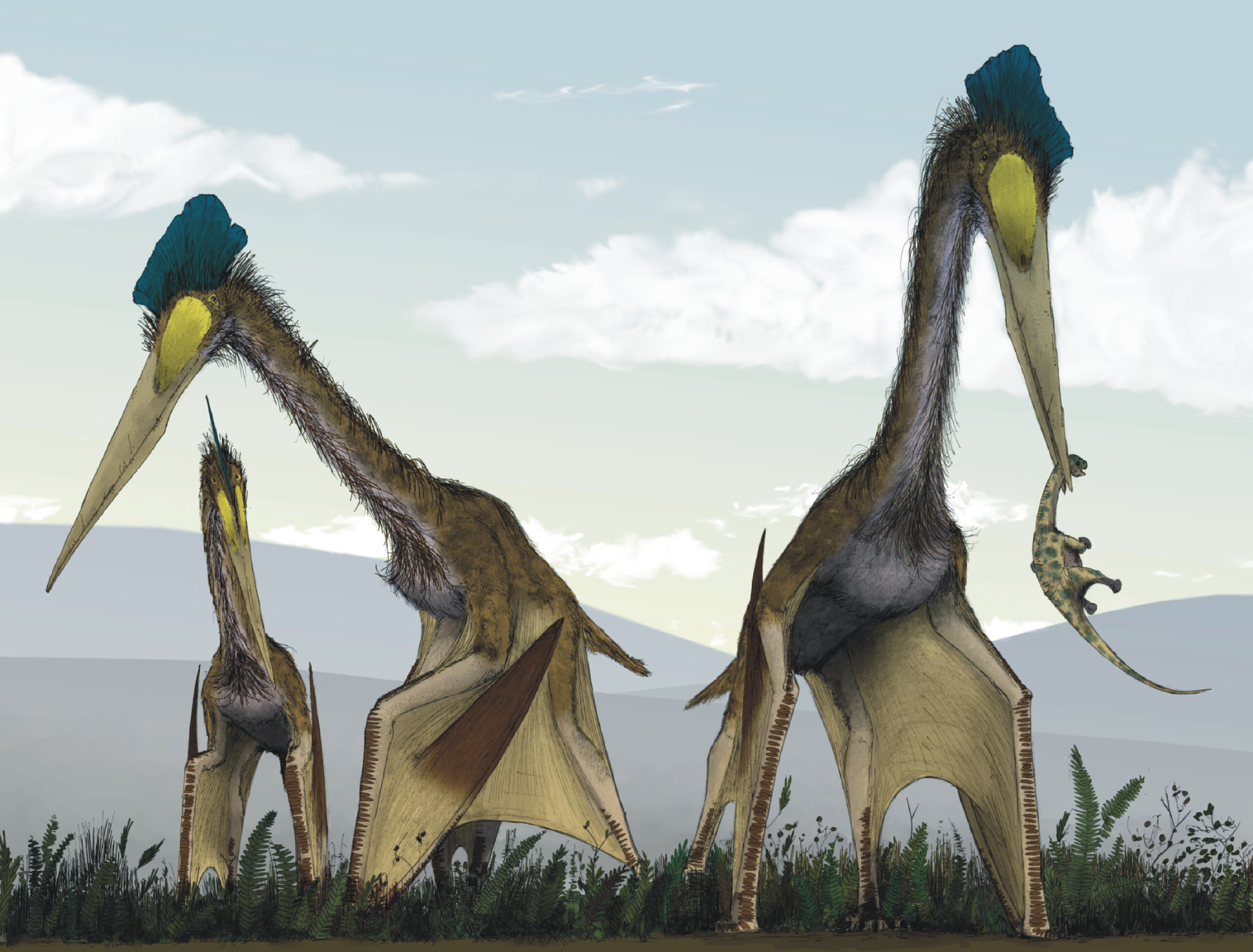
Quetzalcoatlus Northropi stands as the undisputed champion of prehistoric aviation, with fossil evidence suggesting a wingspan that reached an astounding 35 feet across. To put this in perspective, that’s wider than a Cessna 172, one of the most popular small aircraft in the world. Named after the Aztec feathered serpent god Quetzalcoatl, this pterosaur ruled the skies of North America during the Late Cretaceous period, roughly 68 million years ago.
The sheer scale of this creature challenges everything we thought we knew about the limits of biological flight. While modern birds max out at wingspans of around 12 feet, Quetzalcoatlus nearly tripled that measurement. Its discovery in Texas during the 1970s sent shockwaves through the paleontological community, forcing scientists to completely rethink the possibilities of ancient flight.
How Did Something So Massive Fly?
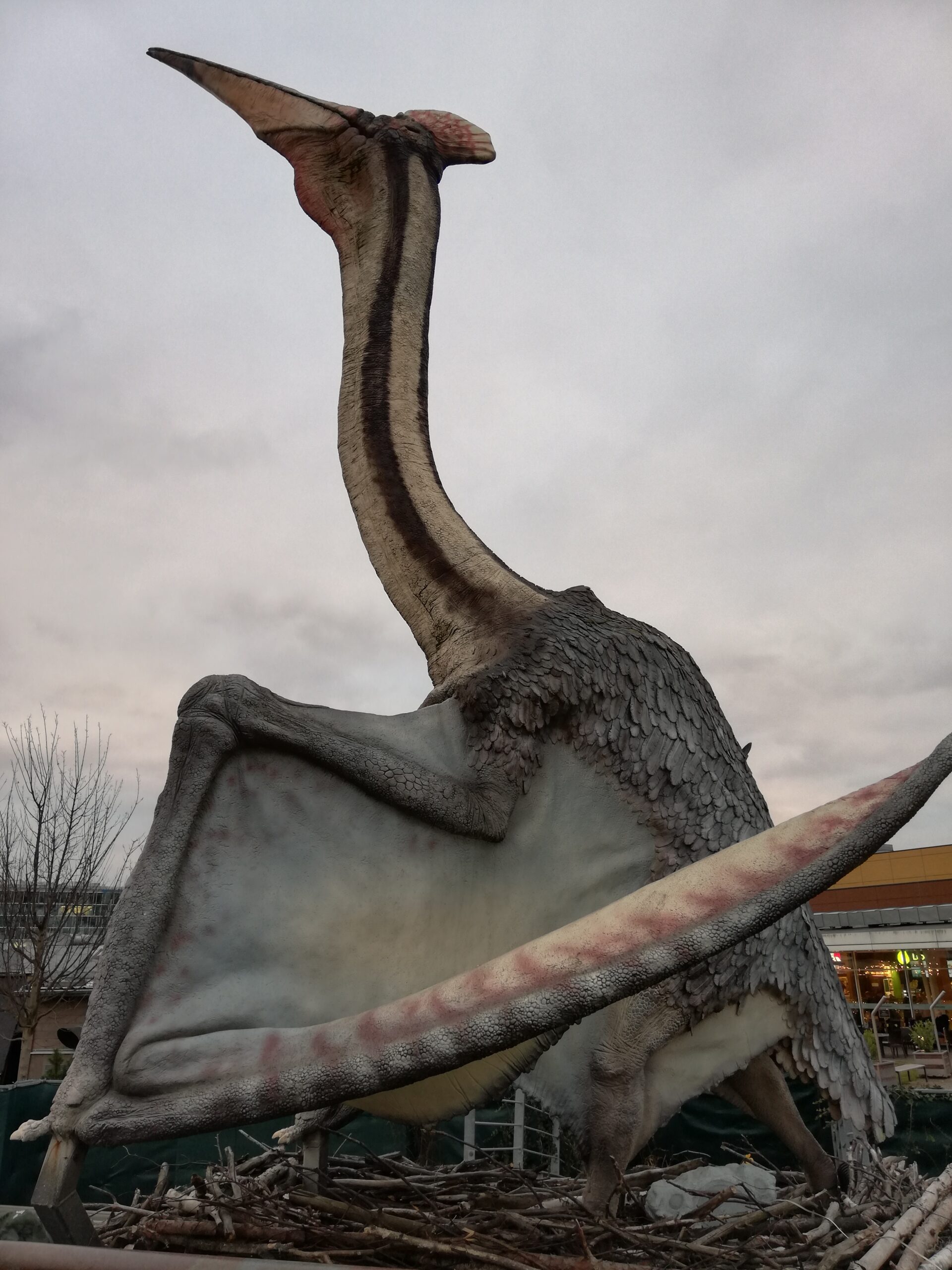
The physics of keeping a 35-foot wingspan airborne seems impossible at first glance, but nature found ingenious solutions. Quetzalcoatlus possessed incredibly lightweight, hollow bones that reduced its overall weight to an estimated 440-550 pounds – surprisingly light for such a massive creature. Its bones were engineered like aircraft components, with internal struts and supports that provided strength while minimizing weight.
The wing membrane itself was a marvel of biological engineering, consisting of tough, flexible skin stretched between elongated finger bones. This membrane was incredibly thin, similar to a bat’s wing but scaled up dramatically. The creature’s flight muscles were concentrated in its chest and shoulders, providing the power needed for those initial powerful wingbeats to achieve takeoff.
The Takeoff Challenge That Nearly Defied Physics
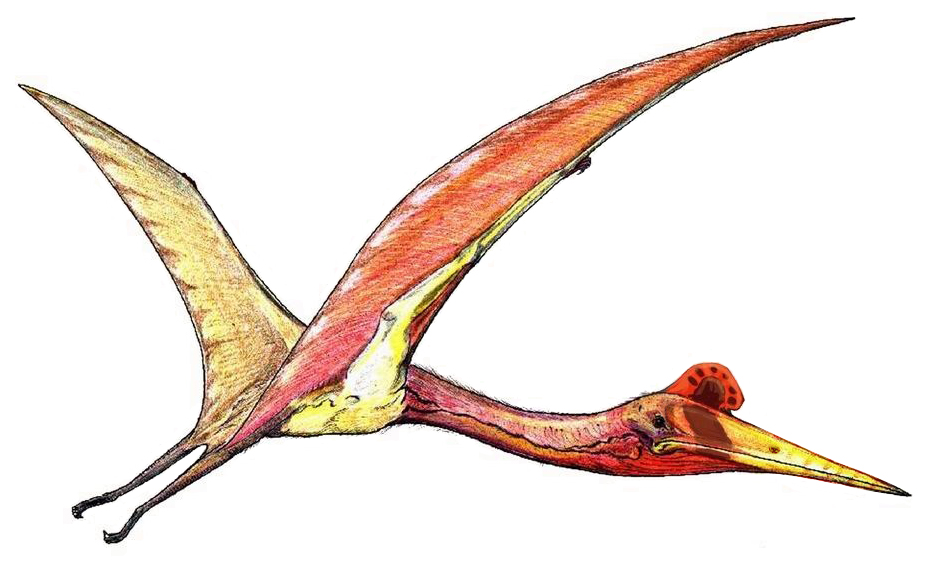
Getting something the size of a giraffe off the ground presented unique challenges that modern birds never face. Scientists believe Quetzalcoatlus used a combination of running starts and strategic positioning on cliffs or elevated areas to launch itself into the air. Like a hang glider pilot, it would have needed to find the perfect conditions – strong updrafts and favorable winds – to achieve liftoff.
Once airborne, however, the pterosaur became a master of efficiency. Its massive wings allowed it to soar for hours without flapping, riding thermal currents and wind patterns across vast distances. Think of it as the prehistoric equivalent of a sailplane, using the Earth’s natural air movements to stay aloft with minimal energy expenditure.
A Beak Built for Precision Hunting
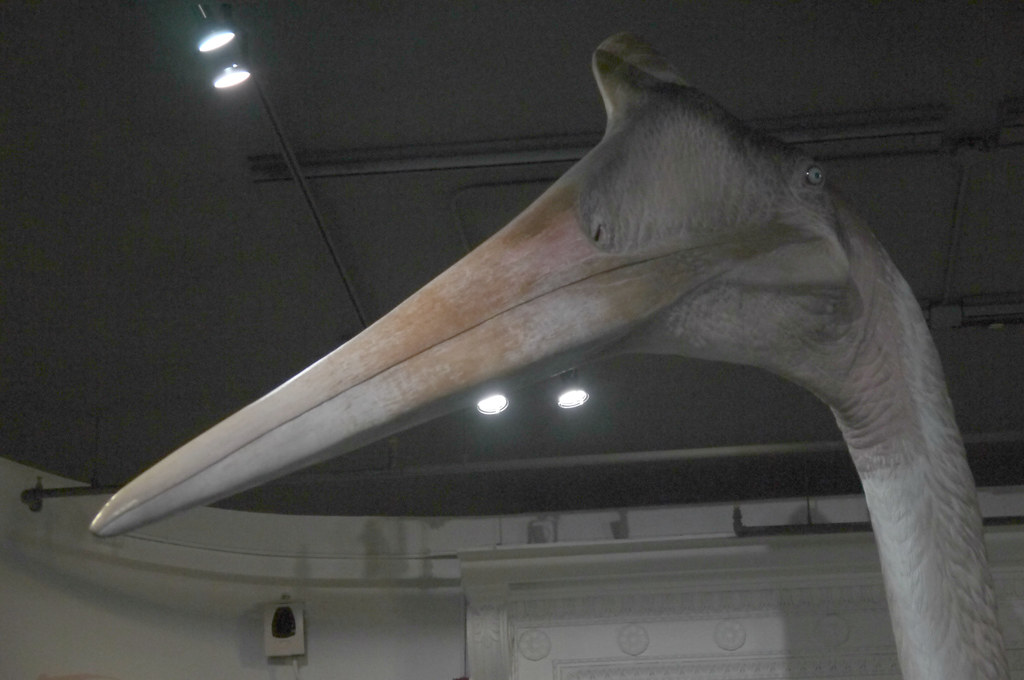
Quetzalcoatlus sported a beak that was both massive and remarkably specialized, measuring up to 10 feet in length. Unlike the crushing jaws of many dinosaurs, this beak was designed for precision work – think of it as a giant pair of tweezers capable of plucking fish from water or small dinosaurs from the ground. The beak’s sharp edges could slice through flesh with surgical precision.
The creature’s neck was incredibly long and flexible, allowing it to strike at prey from unexpected angles while maintaining flight stability. This combination of reach and precision made Quetzalcoatlus a formidable predator, capable of hunting both in flight and on the ground. Its hunting style was likely similar to modern pelicans or herons but scaled up to prehistoric proportions.
The Mysterious World of Pterosaur Intelligence
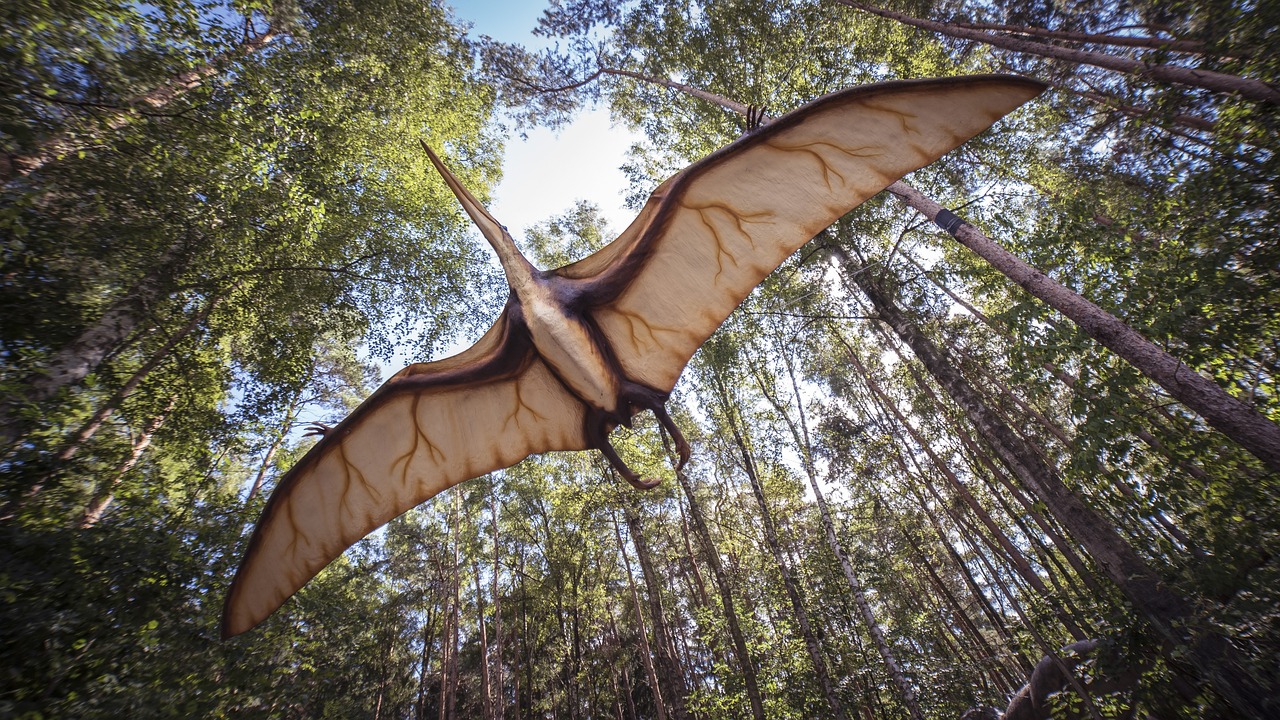
Recent research suggests that Quetzalcoatlus possessed a surprisingly sophisticated brain for its time, with enlarged areas dedicated to processing visual information and maintaining flight control. The creature’s eyes were enormous, possibly the largest of any flying animal that ever lived, allowing it to spot prey from incredible distances. Its brain-to-body ratio was comparable to modern birds, suggesting complex behavioral patterns and problem-solving abilities.
Evidence points to these pterosaurs having excellent color vision and depth perception, essential for navigating three-dimensional airspace and hunting accurately. They may have even displayed complex social behaviors, possibly traveling in small groups or establishing territories, similar to modern large birds of prey.
Baby Giants – How Quetzalcoatlus Reproduced
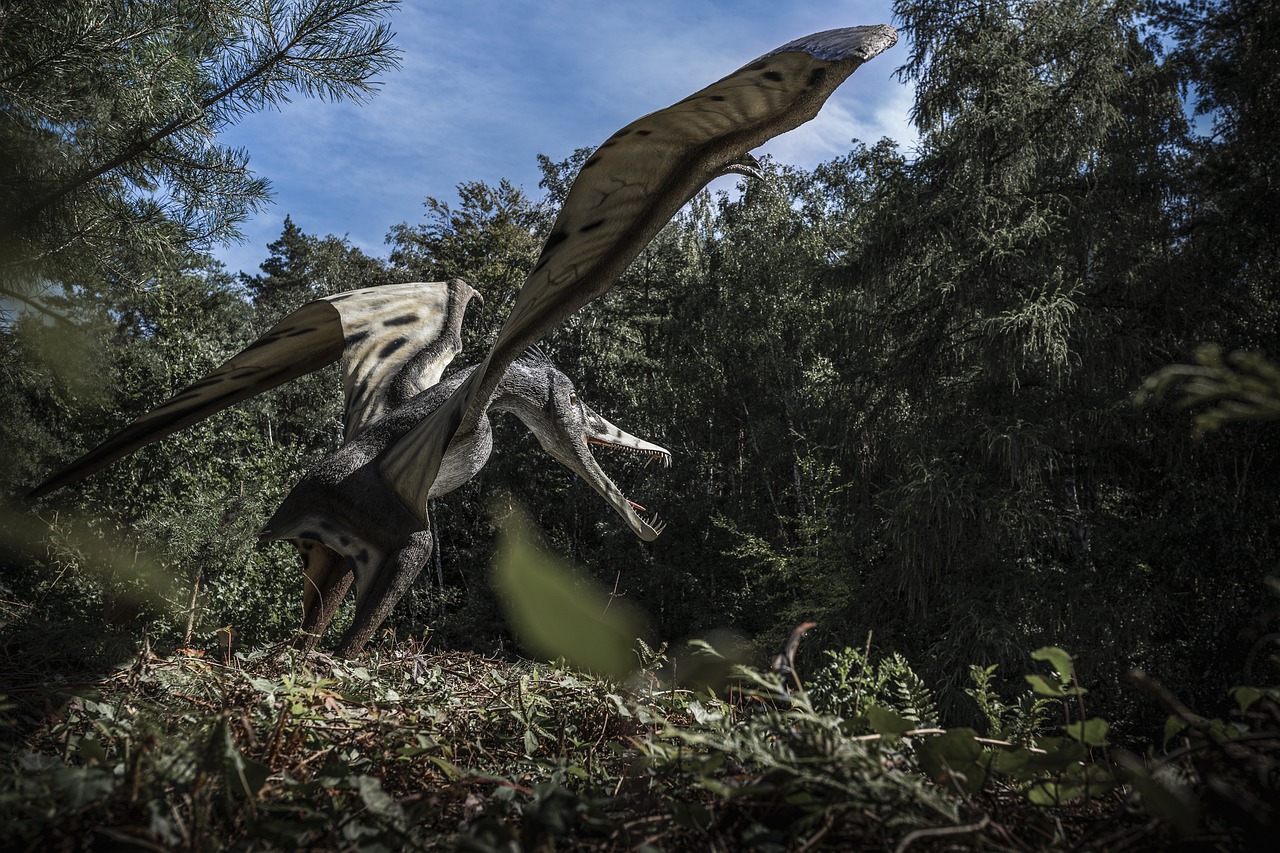
The reproductive life of Quetzalcoatlus remains largely mysterious, but fossil evidence from related pterosaurs provides fascinating clues. These creatures laid surprisingly small eggs relative to their body size, suggesting that their young hatched in a relatively undeveloped state. Unlike modern birds that are helpless as chicks, young pterosaurs were likely capable of flight shortly after hatching.
The nesting sites were probably located on high cliffs or isolated areas, away from ground-dwelling predators. Parent pterosaurs may have provided food for their young through regurgitation, similar to modern pelicans and storks. The rapid growth rate of young Quetzalcoatlus would have been essential for survival in the dangerous Late Cretaceous world.
The Ecosystem That Supported Sky Giants
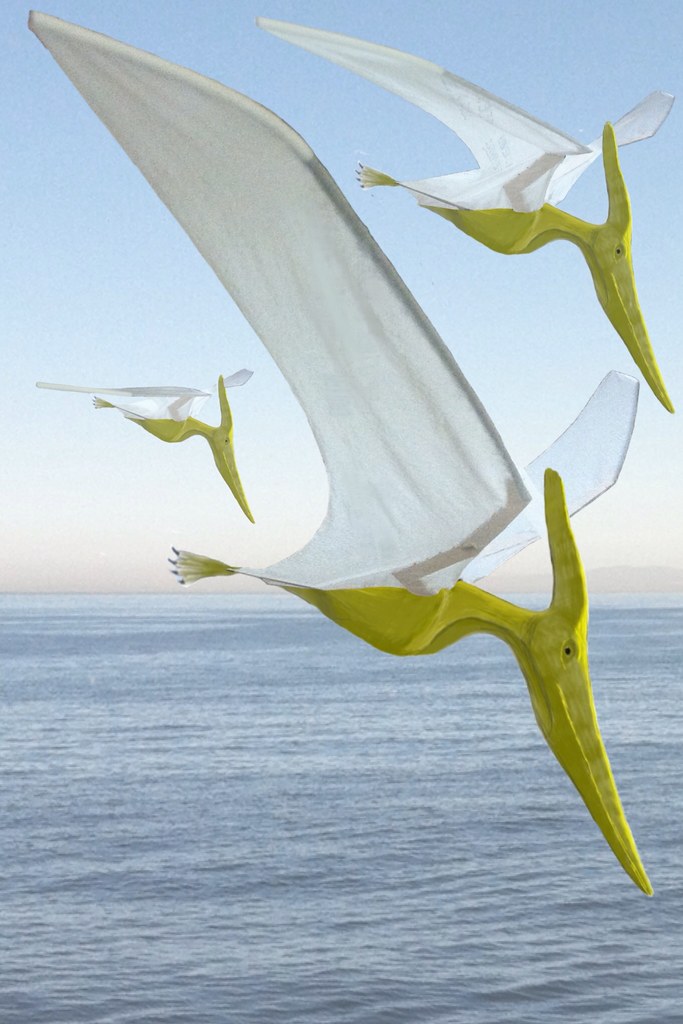
The Late Cretaceous period provided the perfect conditions for massive flying predators to thrive. Warm global temperatures created strong thermal currents that helped support soaring flight, while high sea levels meant abundant coastal areas rich with fish and marine life. The landscape was dotted with inland seas and river systems that provided ideal hunting grounds for these aerial giants.
Quetzalcoatlus shared its world with iconic dinosaurs like Tyrannosaurus rex and Triceratops, but it occupied a unique ecological niche that no land-based predator could fill. Its ability to cover vast distances in search of food made it one of the most successful predators of its time, with a territory that could span hundreds of miles.
Fossil Evidence That Rewrote Aviation History
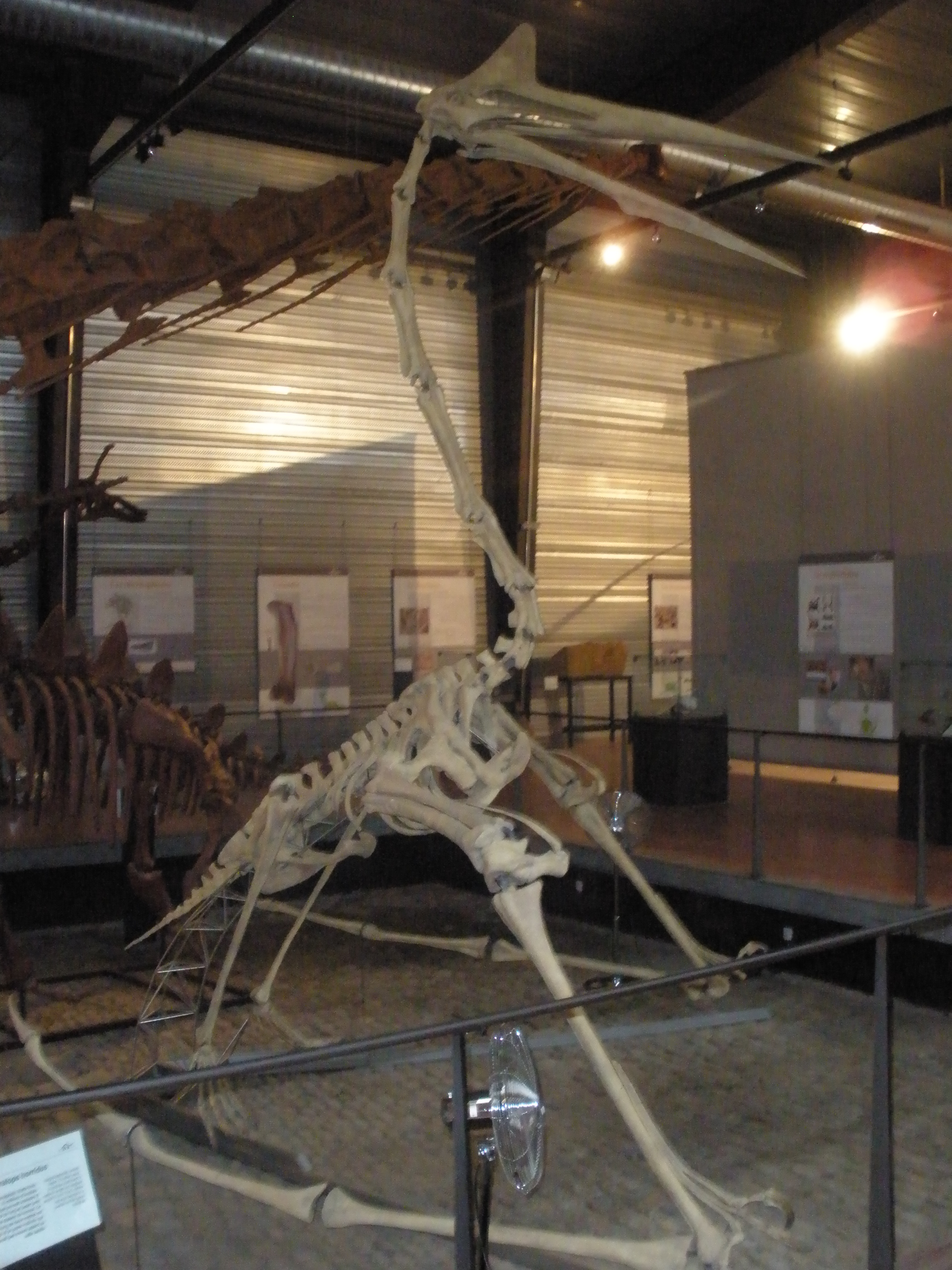
The discovery of Quetzalcoatlus fossils in Texas’s Big Bend National Park revolutionized our understanding of prehistoric flight. The first fragments were found in 1971 by geology student Douglas Lawson, who initially thought he’d discovered the wing bone of a giant dinosaur. It wasn’t until further excavation revealed the complete wing structure that scientists realized they’d found something unprecedented.
The fossils showed remarkable preservation, with delicate wing membranes occasionally fossilized alongside the bones. These discoveries provided crucial insights into the pterosaur’s flight mechanics and anatomy. The hollow nature of the bones was so extreme that some fossils appeared almost paper-thin, a testament to the creature’s incredible weight-saving adaptations.
Comparing Giants – Quetzalcoatlus vs Modern Aircraft
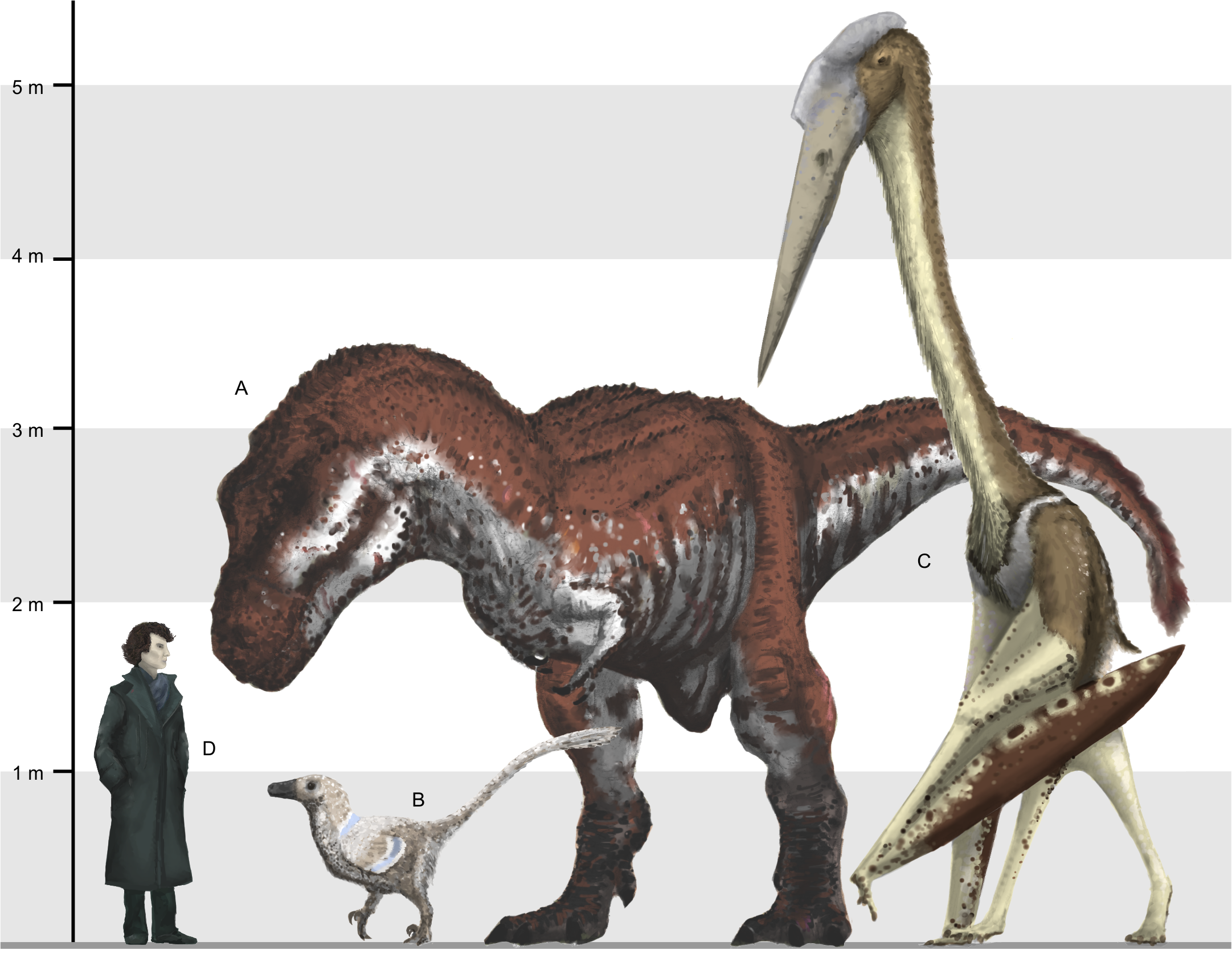
When placed alongside modern aircraft, Quetzalcoatlus’s dimensions become even more staggering. Its 35-foot wingspan exceeds that of a Cessna 172 by several feet, while its length from beak to tail approached 30 feet. However, despite these massive dimensions, the pterosaur weighed less than many modern motorcycles, showcasing the incredible efficiency of its biological design.
The creature’s flight characteristics would have been more similar to a glider than a powered aircraft, with long periods of soaring punctuated by brief bursts of powered flight. Its maximum speed likely reached 80 mph in favorable conditions, making it faster than many small aircraft of today. The turning radius and maneuverability would have been impressive for such a large creature, aided by its flexible wing membranes.
The Extinction That Ended the Age of Giants
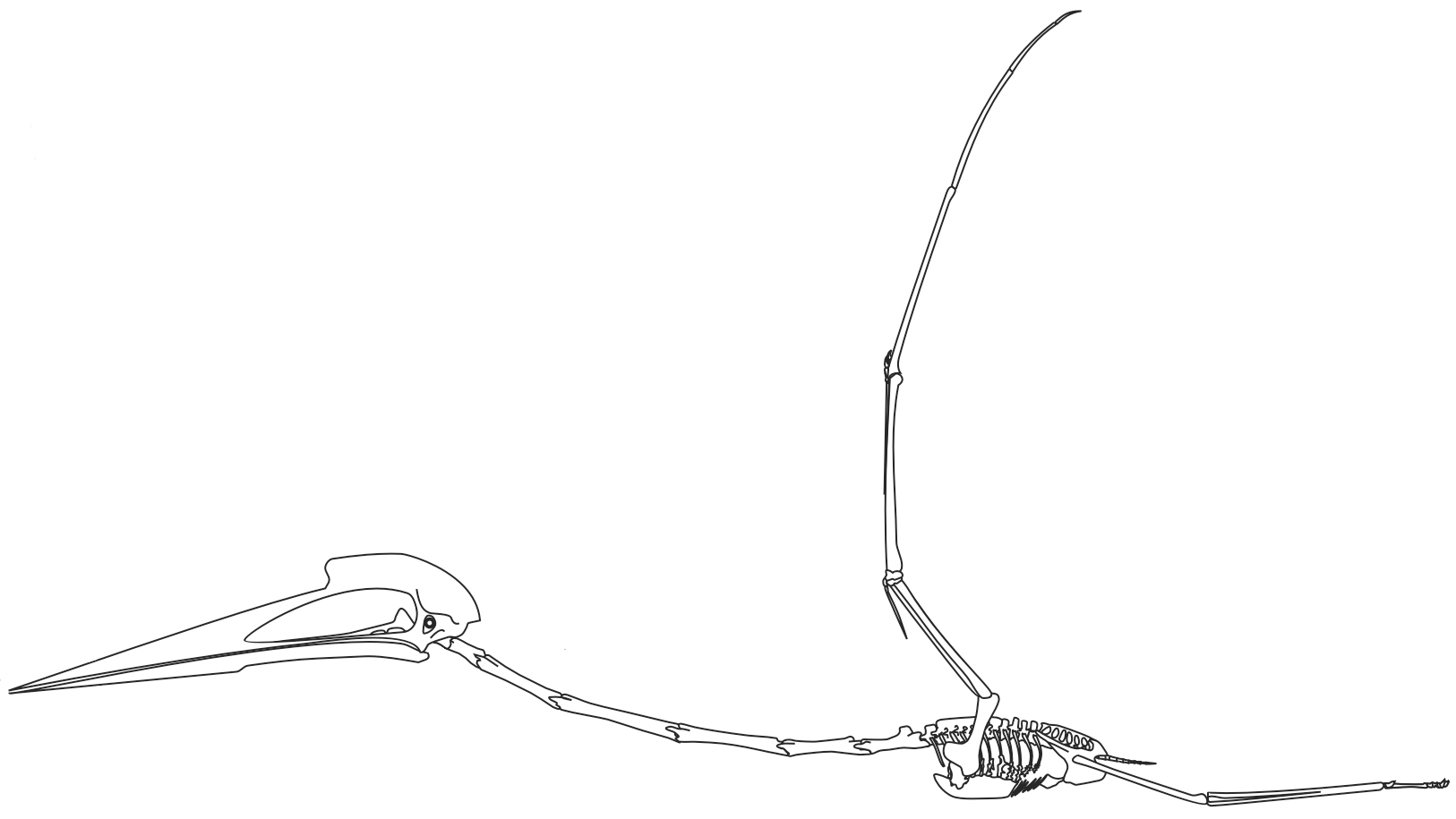
The same asteroid impact that ended the reign of the dinosaurs also spelled doom for Quetzalcoatlus and its pterosaur relatives. The massive environmental changes that followed the impact event made it impossible for such large flying creatures to survive. The collapse of marine ecosystems eliminated their primary food sources, while global climate changes disrupted the air currents they depended on for flight.
The extinction of these aerial giants marked the end of an era in Earth’s history. No flying creature would ever again achieve such massive proportions, making Quetzalcoatlus a unique representative of life’s extraordinary experiments in the distant past. Their disappearance paved the way for birds to dominate the skies, but none would ever match the sheer scale of these prehistoric titans.
Modern Technology Inspired by Ancient Flight
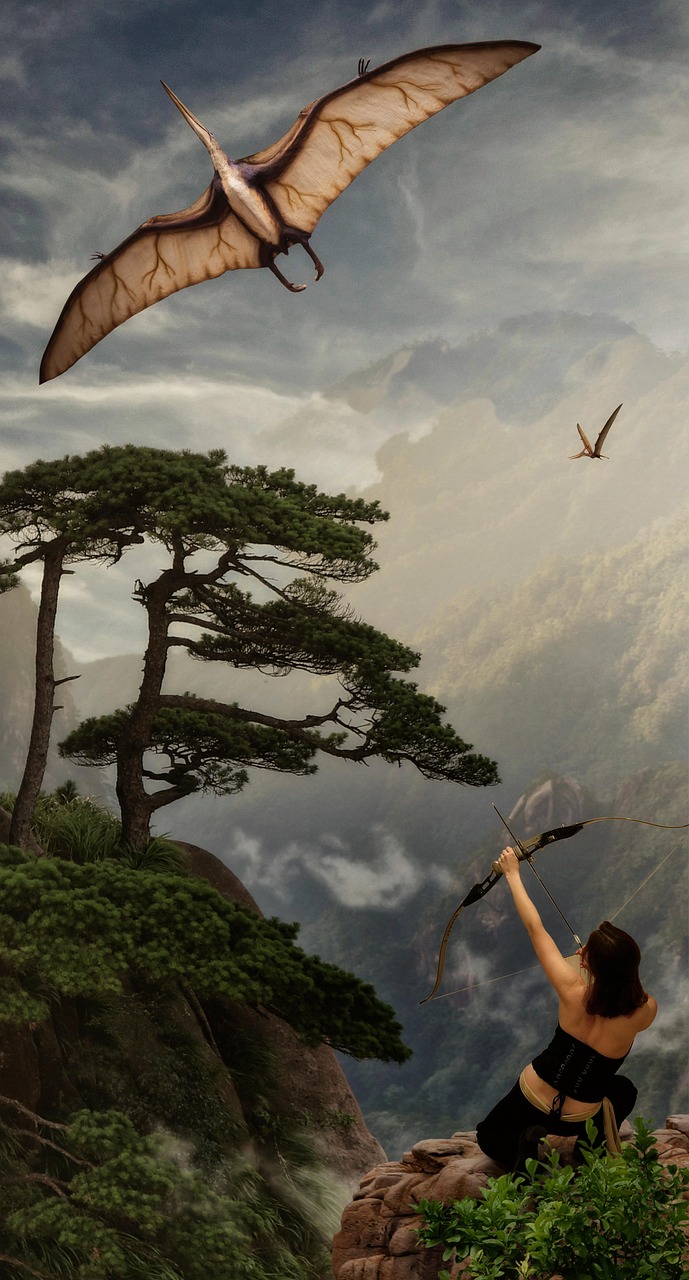
Engineers and aerospace designers continue to study Quetzalcoatlus fossils for insights into efficient flight design. The pterosaur’s hollow bone structure has inspired lightweight aircraft construction, while its wing membrane configuration influences modern hang glider and sailplane designs. The creature’s ability to achieve such massive wingspans with minimal weight remains a goal for modern aviation technology.
Researchers are particularly interested in how Quetzalcoatlus managed the complex aerodynamics of such large wings. Computer simulations based on fossil evidence help scientists understand the airflow patterns and pressure distributions that made the flight possible. These studies contribute to the development of more efficient aircraft designs and unmanned aerial vehicles.
The Ongoing Mystery of Pterosaur Colors
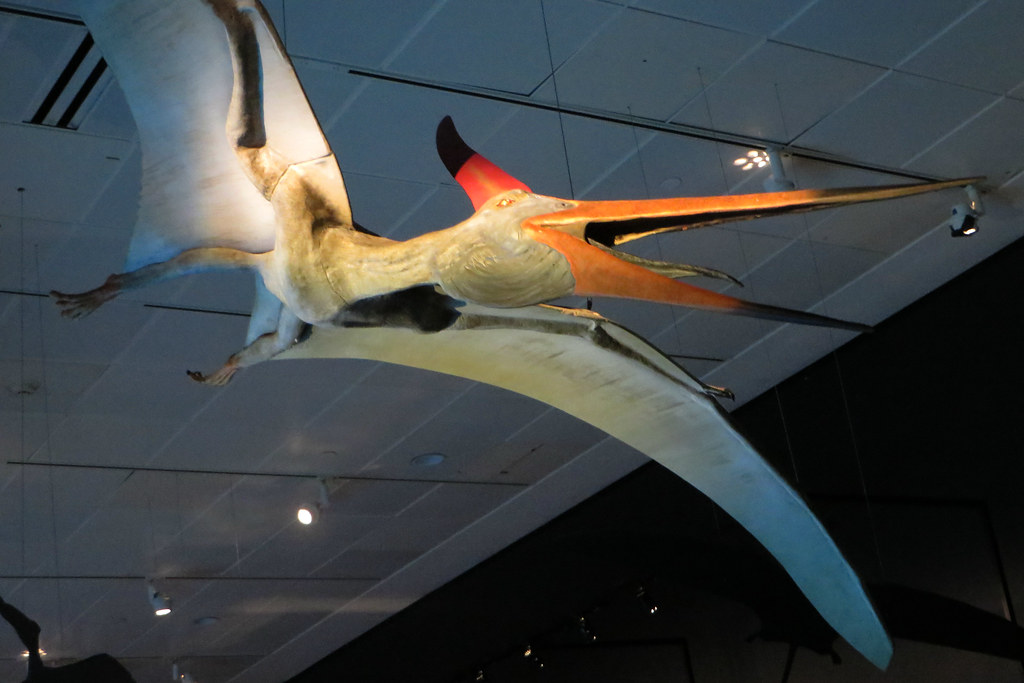
Recent advances in fossil analysis have begun revealing the possible colors and patterns of Quetzalcoatlus’s wing membranes. Scientists have discovered melanosomes – microscopic structures that contain pigments – preserved in some pterosaur fossils. These findings suggest that many pterosaurs displayed vibrant colors, possibly for communication, camouflage, or mate selection.
The wing membranes may have featured intricate patterns or bold colors that served multiple purposes. Bright displays could have been used for territorial disputes or courtship rituals, while subtle patterns might have provided camouflage when viewed from below against the sky. The exact coloration of Quetzalcoatlus remains speculative, but evidence suggests it was far from the drab creature often depicted in early reconstructions.
Why No Flying Animal Has Matched Their Size Since
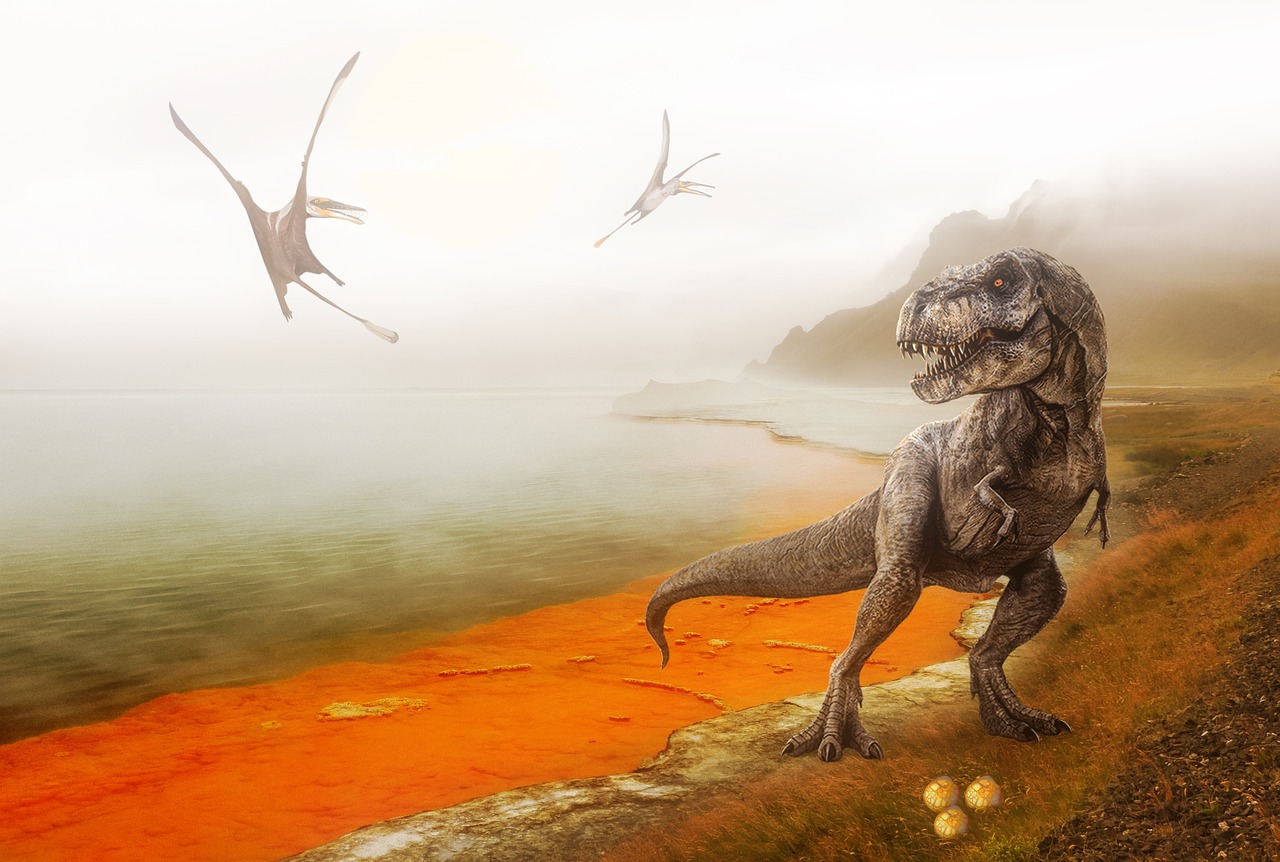
The absence of Quetzalcoatlus-sized flying creatures in the modern world isn’t just coincidence – it’s the result of fundamental changes in Earth’s environment and atmosphere. The Late Cretaceous period featured higher atmospheric density and different wind patterns that made it easier for massive creatures to achieve flight. Today’s atmospheric conditions make it nearly impossible for any animal to reach such enormous wingspans while maintaining the ability to fly.
Additionally, the ecological niches that supported these giants no longer exist in the same form. The abundant inland seas and specific climate conditions that provided ideal hunting grounds for Quetzalcoatlus disappeared with the changing planet. Modern ecosystems simply don’t support the kind of large-scale aerial predators that once dominated the skies, making these prehistoric giants truly unique in Earth’s history.
The Legacy of the Sky’s Greatest Giant
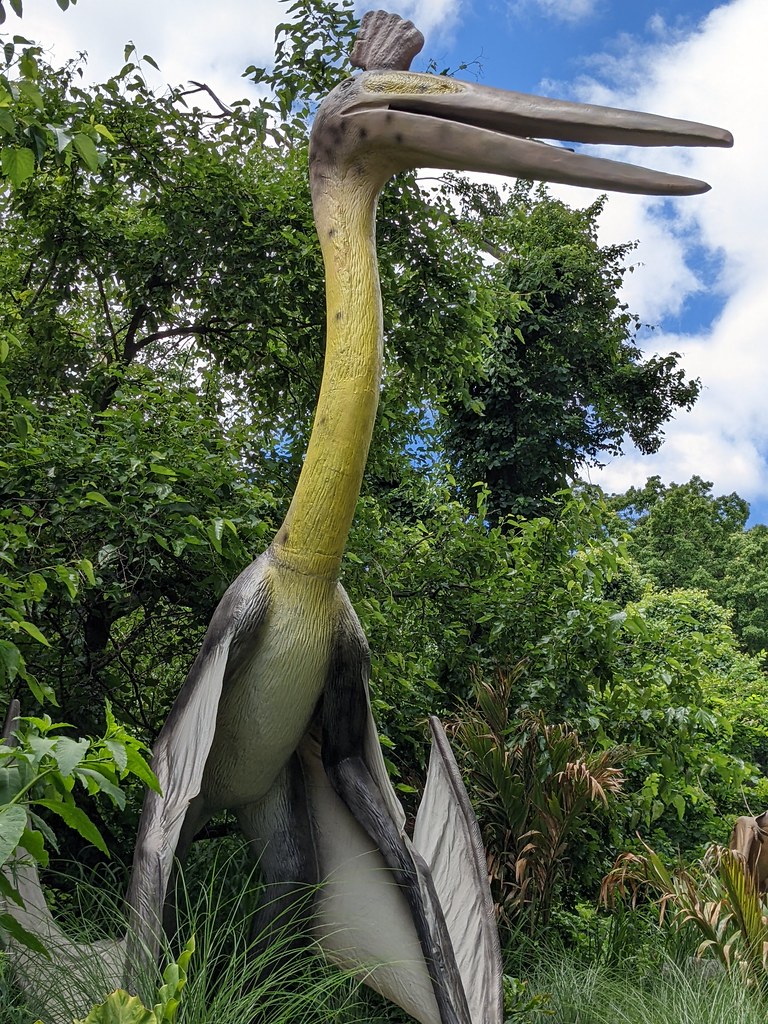
Quetzalcoatlus represents more than just a fascinating prehistoric creature – it embodies the incredible diversity and adaptability of life on Earth. This magnificent pterosaur pushed the boundaries of what’s possible in biological flight, achieving dimensions that continue to astound scientists and aviation enthusiasts alike. Its existence proves that nature’s engineering capabilities far exceed our modern understanding, creating solutions to flight challenges that we’re still trying to comprehend.
The study of Quetzalcoatlus continues to yield discoveries about prehistoric life and the evolution of flight. Each fossil fragment adds to our understanding of how these remarkable creatures lived, hunted, and soared through ancient skies. Their legacy lives on in the ongoing quest to understand the limits of biological possibility and the incredible diversity of life that once called our planet home.
When you next see a small aircraft overhead, remember that millions of years ago, creatures with even wider wingspans ruled those same skies. The story of Quetzalcoatlus reminds us that Earth’s history is filled with wonders that challenge our imagination and expand our understanding of what life can achieve. What other incredible adaptations might we discover in the fossil record that will once again revolutionize our perspective on the natural world?




